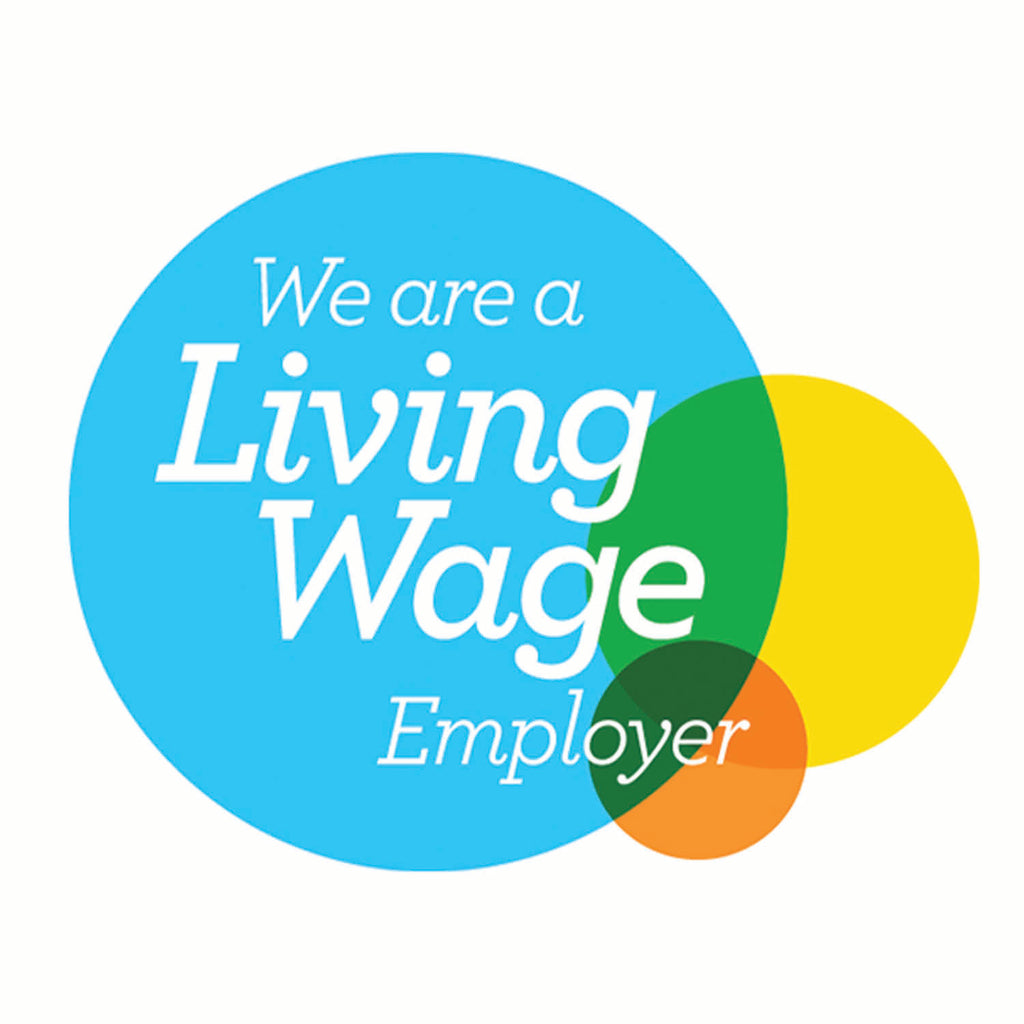March is Endometriosis Awareness Month that takes place across the world every year with the aim of increasing awareness and highlighting the symptoms of this debilitating condition that affects an estimated 176 million women worldwide.
Here at Wild Fawn we are an all female team, so there are some women’s issues which are particularly close to our hearts. Endometriosis is one such issue as our Founder, Emma’s sister was diagnosed with this disease after 12 years of trying to get an answer to her pain, and other symptoms that are often attributed to ‘IBS’ or just ‘heavy periods’. It is an all too common and under researched illness which can cripple the lives of those who suffer with it.
We feel it’s our duty to shout about this cause, to raise awareness of Endometriosis in the hopes that some women out there might recognise these in themselves or friends or family and seek help. 1 in 10 women of reproductive age in the UK suffer from Endometriosis which means that of our 16.5k Instagram followers a shocking 1600 of them will suffer from it, whether they have a diagnosis or not.
Let’s start with the basics - What is Endometriosis?
It is long-term, and as of yet incurable, condition where tissue similar to the lining of the womb grows in other places in the body, such as the ovaries, fallopian tubes or bowels.
With no cure, treatments for Endometriosis aims to ease symptoms so the condition does not affect your daily life; which could include painkillers, hormone medicines and surgery to remove the Endometriosis tissue.
It's not clear what causes this condition and there is not enough research being done into its cause. It is thought it may be linked to things like your genes or a problem with your immune system.
What symptoms does Endometriosis cause?
Painful, heavy, or irregular periods
Painful bowel movements
Fatigue
Pain during or after sex
Trouble conceiving
Why is it beneficial to get a diagnosis?
With the right Endometriosis treatment, many of the symptoms can be addressed, and the symptoms of Endometriosis made more manageable. The quicker the diagnosis, the less damage the disease does to the internal organs.
Endometriosis and pregnancy
The prevalence of Endometriosis in women with infertility could be as high as to 30–50% so if you have Endometriosis, it may take longer to get pregnant or you may need additional help.
This is particularly important if you are in a same-sex relationship and trying to get pregnant using the natural cycle with intrauterine insemination method - you may need extra help if you have Endometriosis.
Period pain
As women we can often feel reluctant to complain to healthcare professionals about pain related of periods and sometimes just accept that it is a factor in our lives and cope alone. But when it comes to period pain – what is normal?
Many women experience period pain, but if your pain is interfering with your everyday life, it may be best to consult your doctor.
Most cases of period pain are caused by contractions in the uterus. Blood vessels in the muscle wall are compressed by the contractions, which temporarily cuts off blood supply to the womb, starving it of oxygen and adding to the discomfort. However, in Endometriosis the pain is caused by endometrial tissue that has grown outside the uterus. During a period, these endometrial cells break down and bleed. However, this internal bleeding has no way of leaving the body and leads to inflammation, intense pain and a build-up of scar tissue.
Endometriosis is usually characterised by period pain in the days before a period. The periods become typically painful, often meaning days off school, college or work. If period pain is preventing you from carrying out your normal activities, please seek medical advice.
The Facts
1 in 10 women of reproductive age in the UK suffer from endometriosis.1
10% of women world wide have endometriosis whether they know it or not - that’s 176 million worldwide.1
The prevalence of endometriosis in women with infertility be as high as to 30–50%.2
Endometriosis is the second most common gynaecological condition in the UK.3
Endometriosis affects 1.5 million women, a similar number of women affected by diabetes.4
On average it takes 7.5 years from onset of symptoms to get a diagnosis.5
Endometriosis costs the UK economy £8.2 billion a year in treatment, loss of work and healthcare costs.6
The cause of endometriosis is unknown and there is no definite cure.
We hope this bite sized look at Endometriosis has been informative and eye opening to the condition. If you or your loved ones suffer from any of the symptoms please seek medical advice and do not settle for inadequate testing or diagnosis.
If you know of any helpful resources or information about Endometriosis or would like to share their experiences, please do so below.






